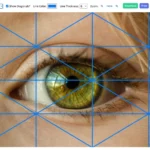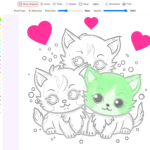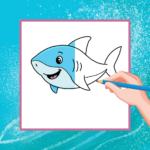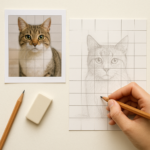Introduction
Color is more than just a visual sensation—it’s a language, a tool for expression, and a means of evoking emotions. Among the myriad of color models, one stands out for its historical significance and enduring relevance: the RYB color model.
Table of Contents
Historical Roots
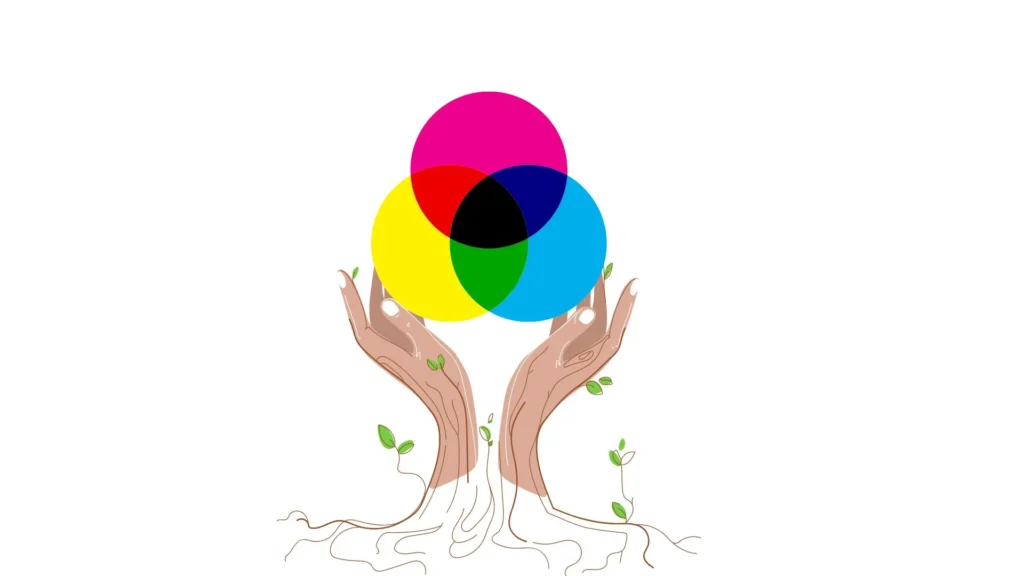
The RYB color model, standing for Red, Yellow, and Blue, traces its origins back to ancient times when artists began experimenting with pigments derived from natural sources. These primary colors formed the basis of artistic expression for centuries, long before modern scientific understandings of color emerged.
RYB gained prominence during the Renaissance, as artists like Leonardo da Vinci and Michelangelo utilized these primary colors to create iconic works of art. It wasn’t just a system of color mixing; it was a foundational concept that shaped the course of artistic history.
As artists delve deeper into the possibilities of RYB color mixing, they can now effortlessly separate mixed colors into their primary components of Red, Yellow, and Blue (RYB) using the innovative RYB Colors Mixing Online tool by Mimi Panda.
Understanding RYB

Unlike additive color models such as RGB (Red, Green, Blue), which are used primarily in digital displays, the RYB model operates on a subtractive principle. In simple terms, this means that colors are created by subtracting wavelengths of light rather than adding them.
In the RYB model, red, yellow, and blue are considered the primary colors from which all other hues can be derived. Artists blend these primary colors to create a vast spectrum of secondary and tertiary colors, each with its own unique character and mood.
The Role of Primary Colors
The primary colors in RYB—red, yellow, and blue—hold a special significance in the color wheel. They are the foundation upon which all other colors are built. Red is bold and passionate, yellow is warm and inviting, while blue is calm and serene. Together, they form a harmonious triad that allows artists to explore the full range of human emotion through color.
Mixing Magic
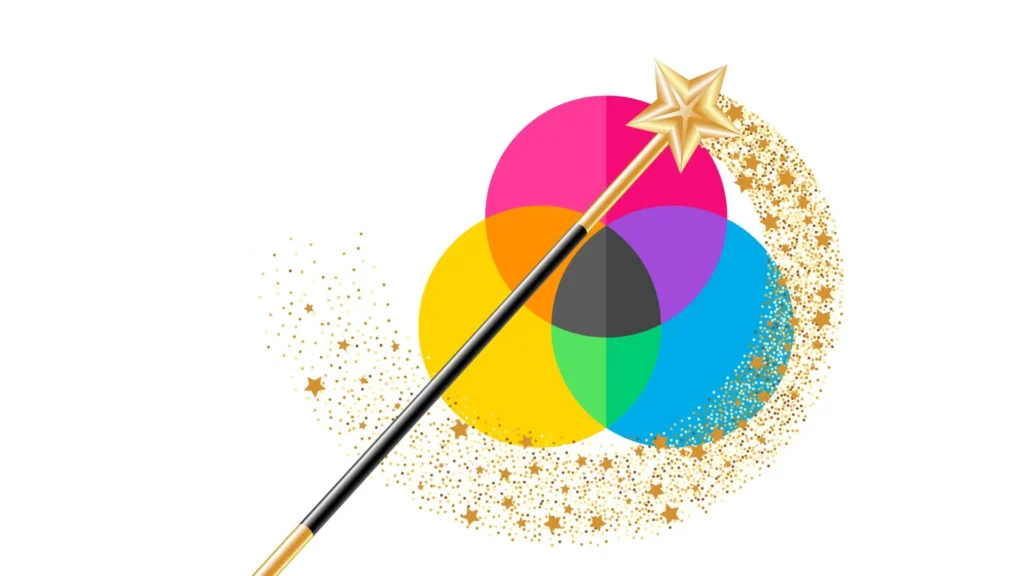
One of the most fascinating aspects of the RYB model is its versatility in color mixing. By varying the proportions of primary colors, artists can achieve an endless array of hues, tints, and shades. This intuitive approach to color blending allows for endless creativity and experimentation.
Mixing RYB colors is both a science and an art. Artists must understand color theory—the relationship between colors and how they interact—to create harmonious compositions. Through practice and experimentation, artists develop a keen sense of color mixing, allowing them to achieve their desired effects with precision and finesse.
Applications in Art
Throughout history, the RYB color model has been a cornerstone of artistic practice. From the vibrant paintings of the Renaissance masters to the subtle palettes of contemporary artists, RYB colors continue to captivate and inspire.
The versatility of RYB colors makes them suitable for various mediums, including painting, printmaking, and textiles. Whether capturing the luminous hues of a sunset or the delicate shades of a still life, artists rely on RYB colors to bring their visions to life on canvas, paper, and fabric.
Symbolism and Psychology
Colors evoke powerful psychological and emotional responses, and RYB hues are no exception. Red conveys passion and energy, yellow exudes warmth and optimism, while blue evokes calmness and serenity. Understanding the symbolic meanings of RYB colors adds depth and resonance to artistic compositions.
Artists often use color symbolism to convey themes and messages in their work. A painting dominated by red might symbolize love or anger, while one bathed in blue could evoke feelings of tranquility or melancholy. By harnessing the psychological power of color, artists can create deeply resonant and emotionally charged artworks.
Challenges and Limitations
While the RYB color model has endured for centuries, it is not without its limitations. Some argue that the model’s reliance on three primary colors oversimplifies the complexities of color perception. Additionally, in the age of digital media, where RGB is the standard, transitioning between color models can pose challenges for artists and designers.
Despite these challenges, many artists continue to embrace the RYB model for its rich history and intuitive approach to color mixing. By mastering its techniques and pushing its boundaries, artists ensure that RYB remains a vital tool in the ever-evolving world of art and design.
Contemporary Perspectives
In the digital age, the RYB color model continues to be relevant in art and design. Many artists combine traditional RYB techniques with modern digital tools to create dynamic and innovative works. By leveraging the strengths of both traditional and digital mediums, artists push the boundaries of what is possible, creating immersive and captivating experiences for audiences around the world.
Conclusion
In a world awash with color, the RYB model remains a timeless guide for artists seeking to explore the depths of the human experience through pigment and hue. From its ancient origins to its contemporary applications, RYB continues to inspire, challenge, and delight those who dare to wield the painter’s palette.
And as we conclude our exploration of the transformative power of RYB, there’s one more innovative tool that deserves a mention: the RYB Colors Mixing Online tool by Mimi Panda. This digital marvel is designed to effortlessly separate mixed colors into their primary components of Red, Yellow, and Blue (RYB), offering a seamless experience for artists, designers, and enthusiasts alike. With just a few clicks, users can unlock the secrets of color mixing and unleash their creativity in ways they never thought possible. So whether you’re a seasoned artist looking to perfect your palette or a novice eager to experiment with color, the RYB Colors Mixing Online tool is your gateway to a world of endless possibilities. Join Mimi Panda and embark on a colorful journey like never before.

